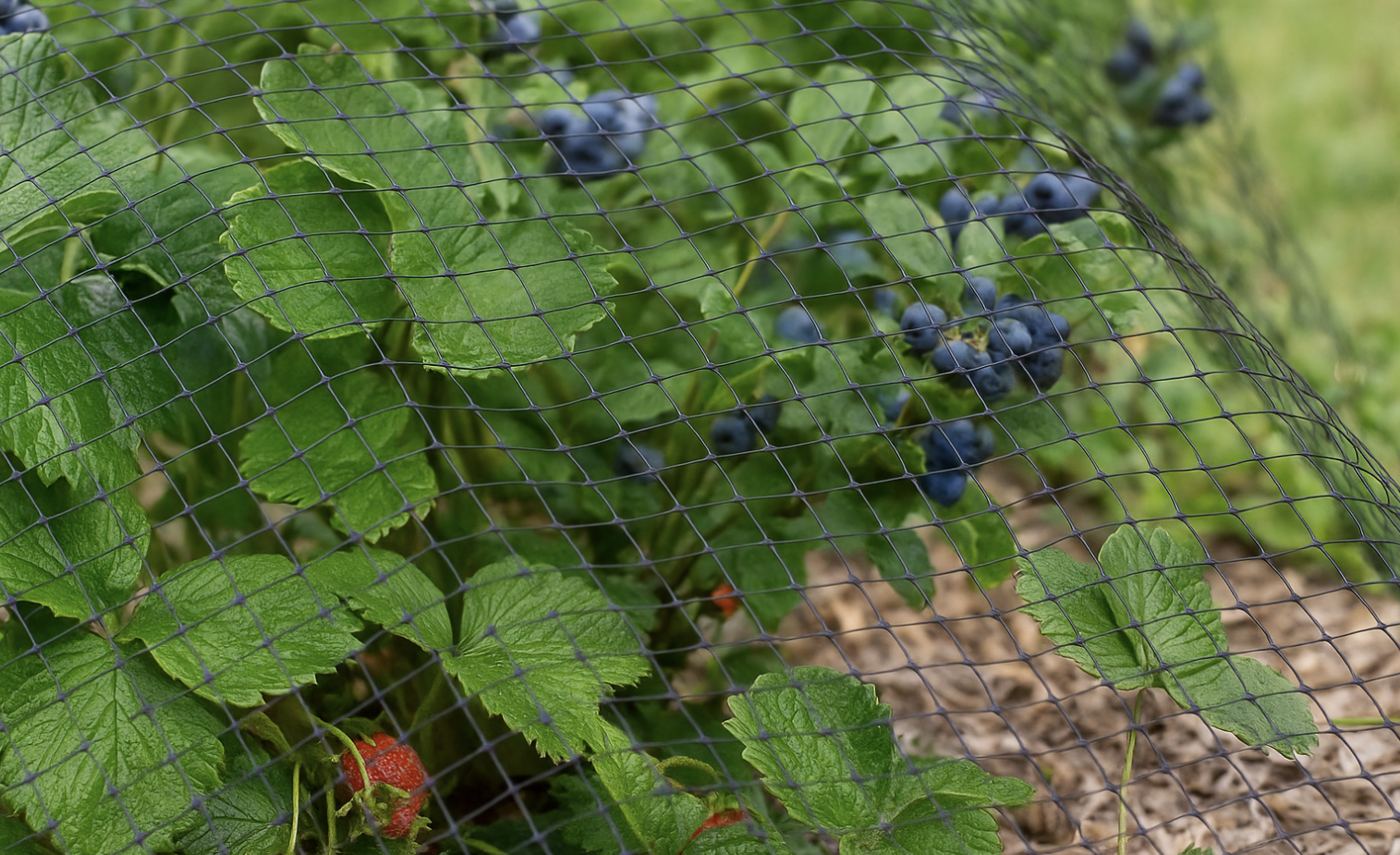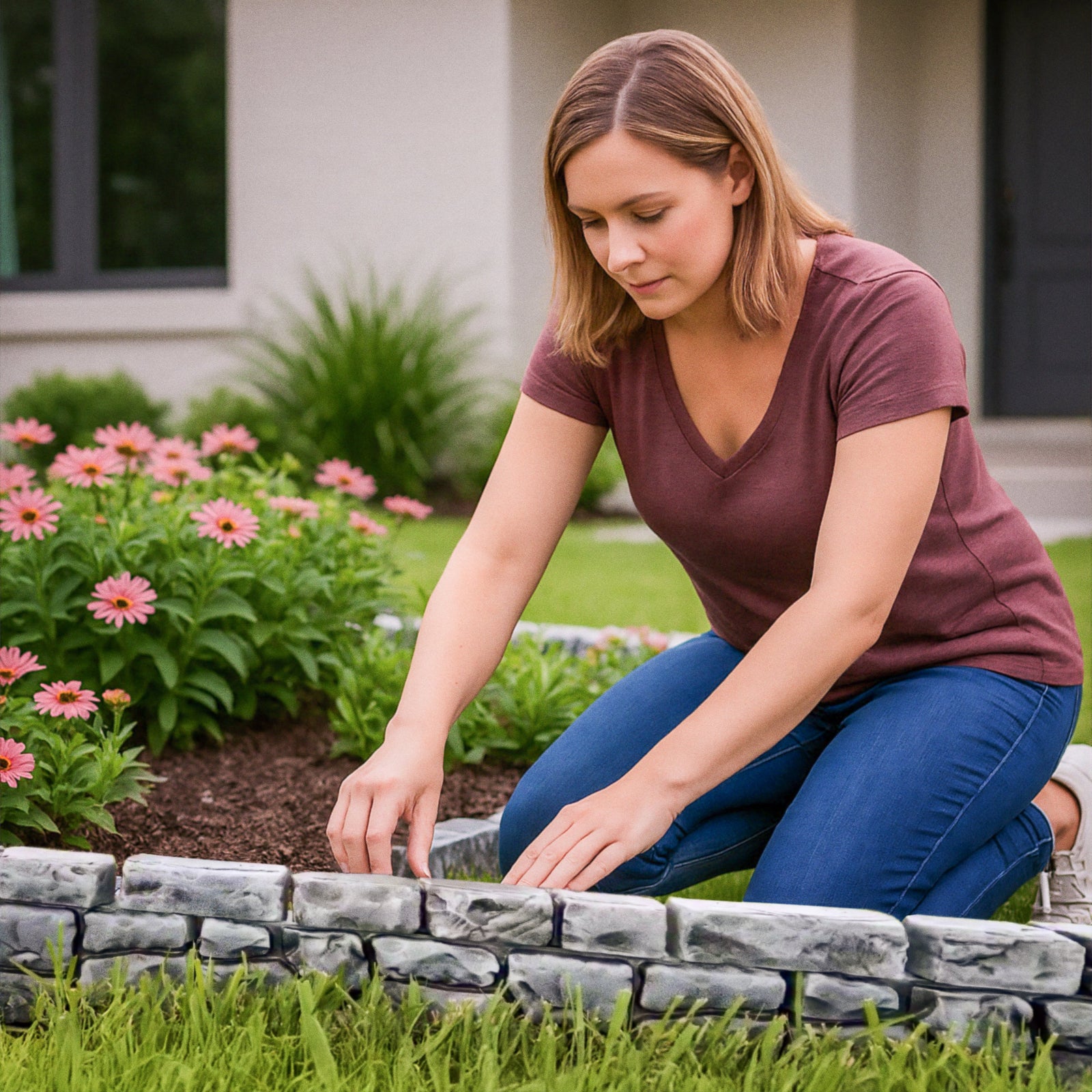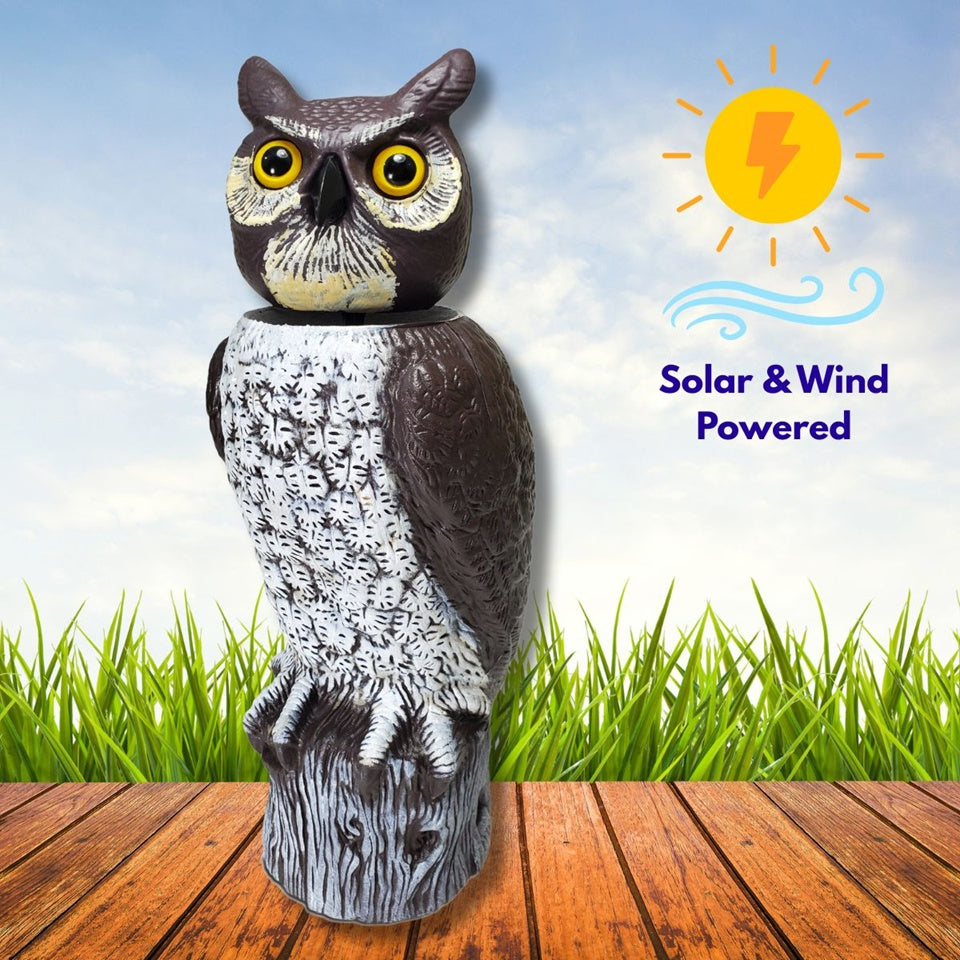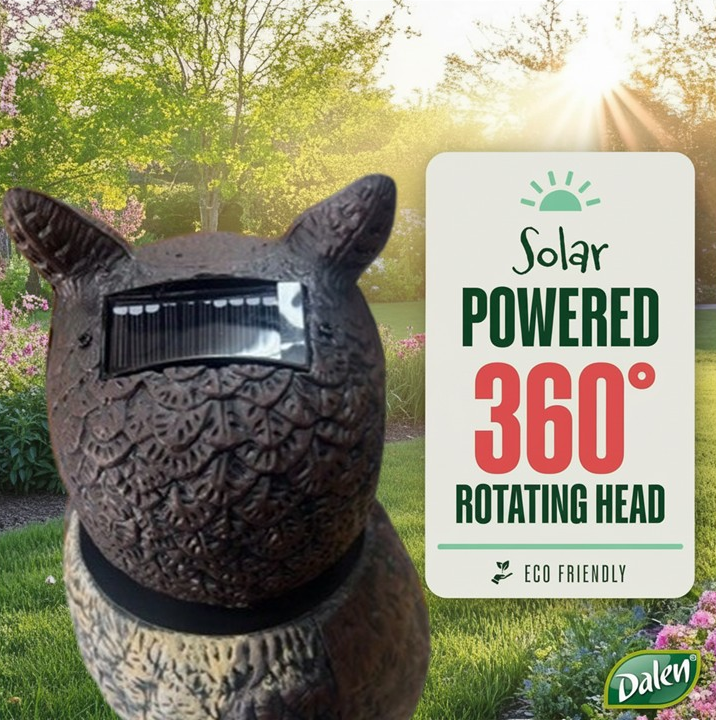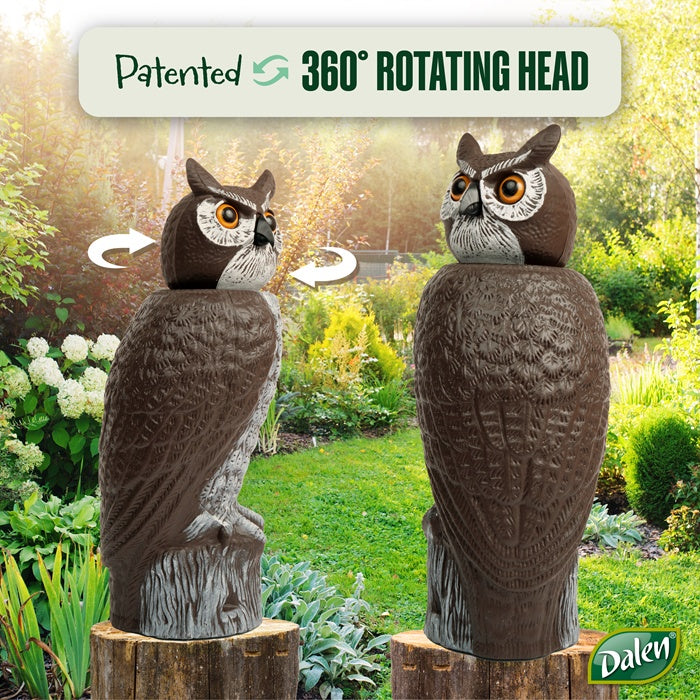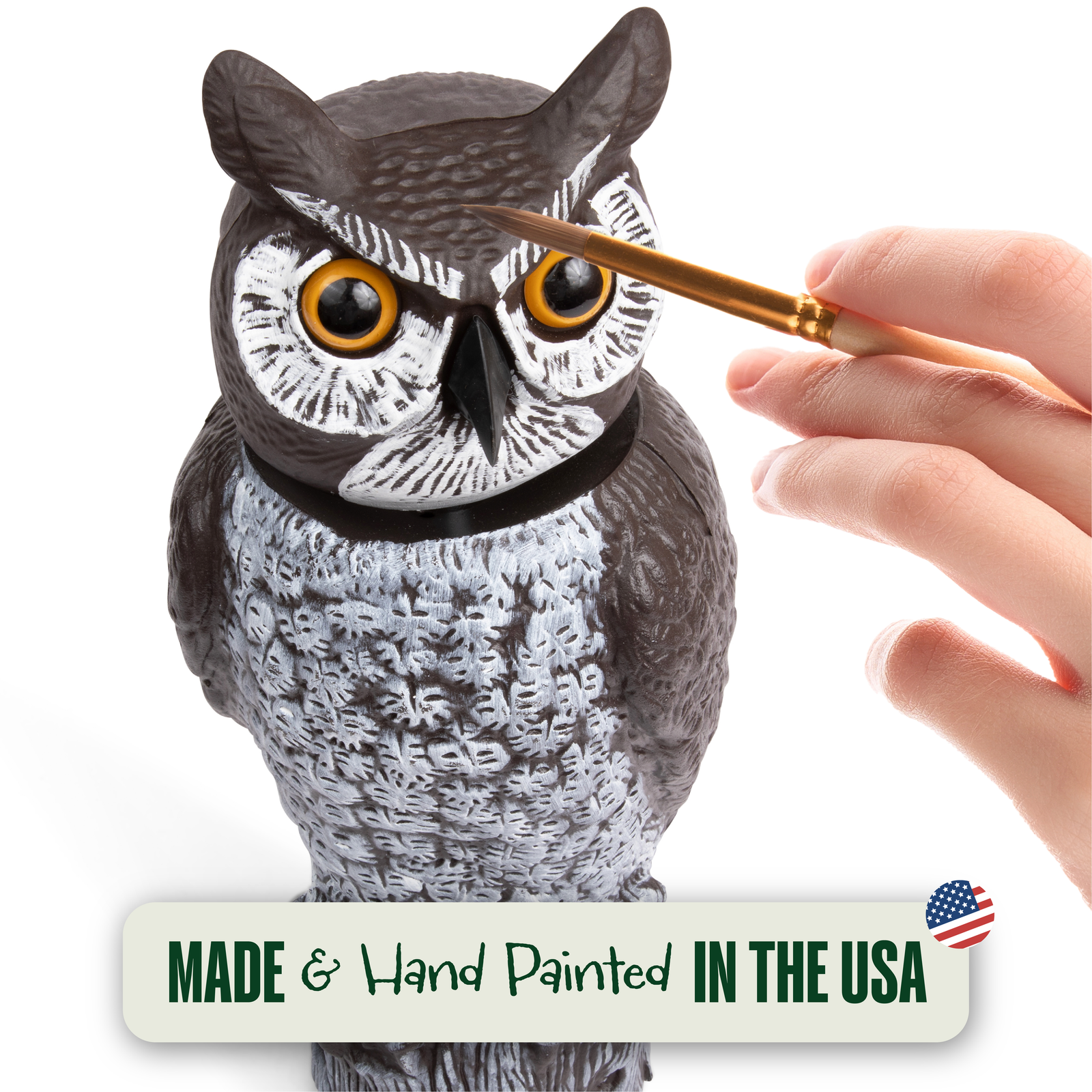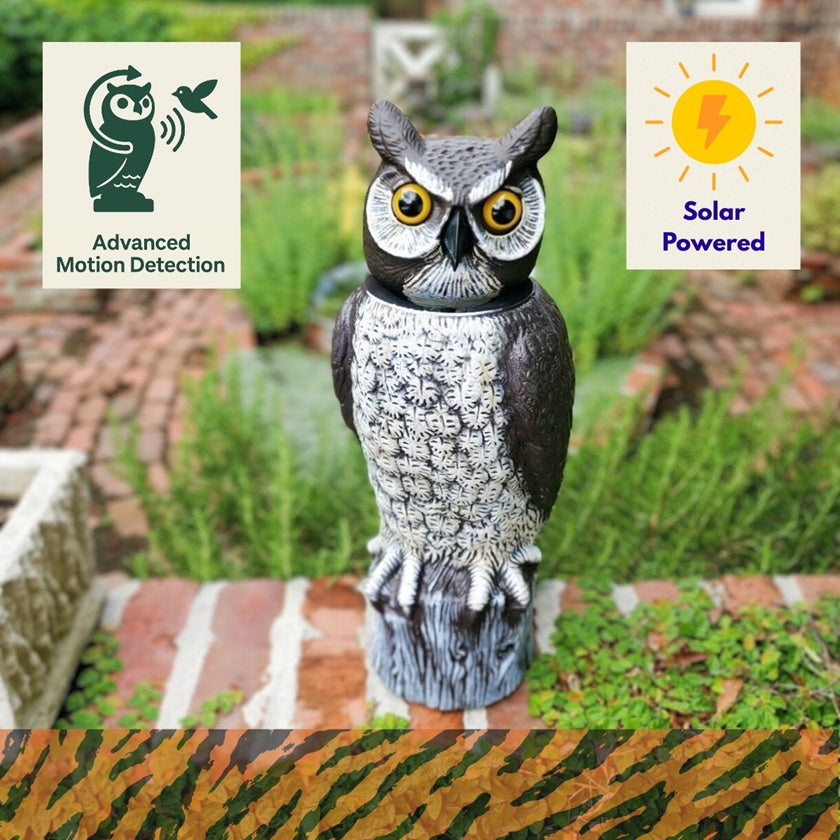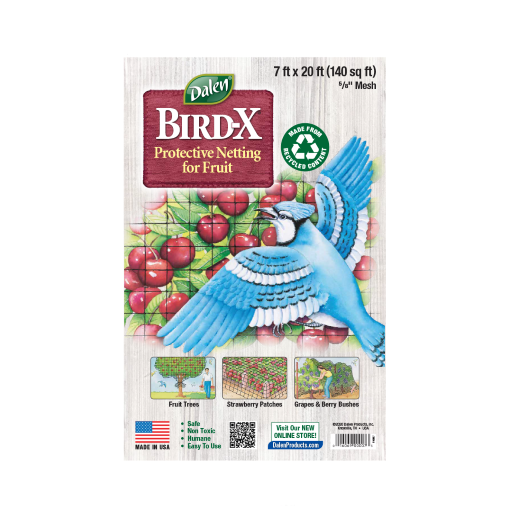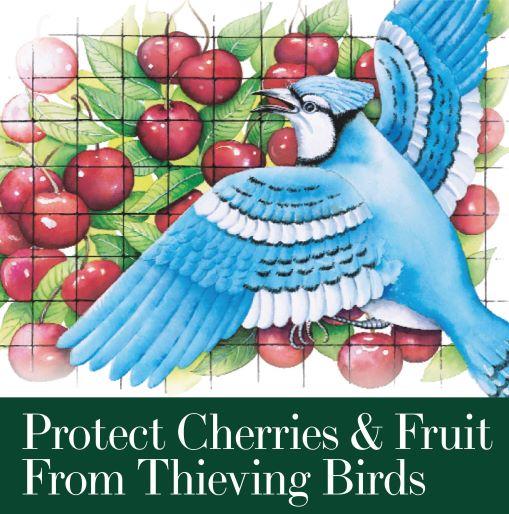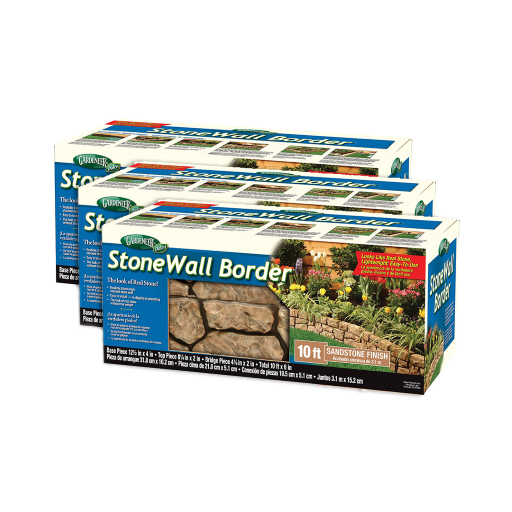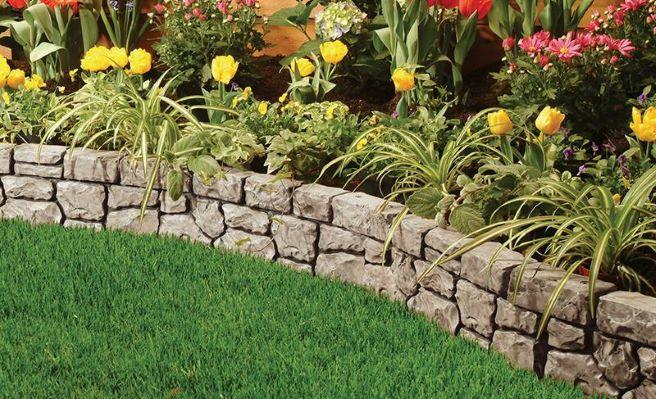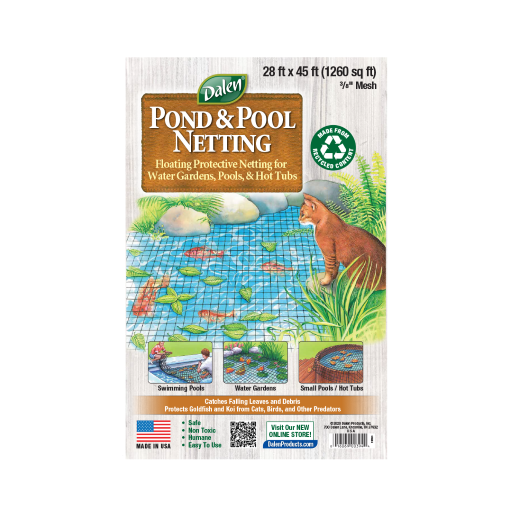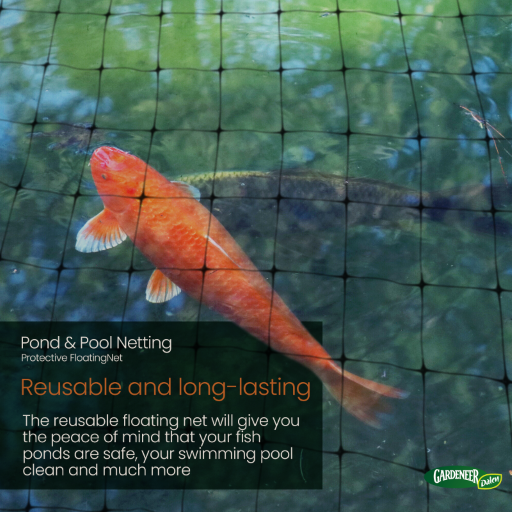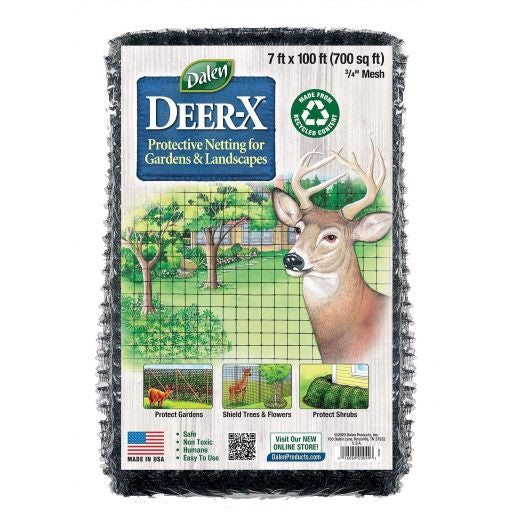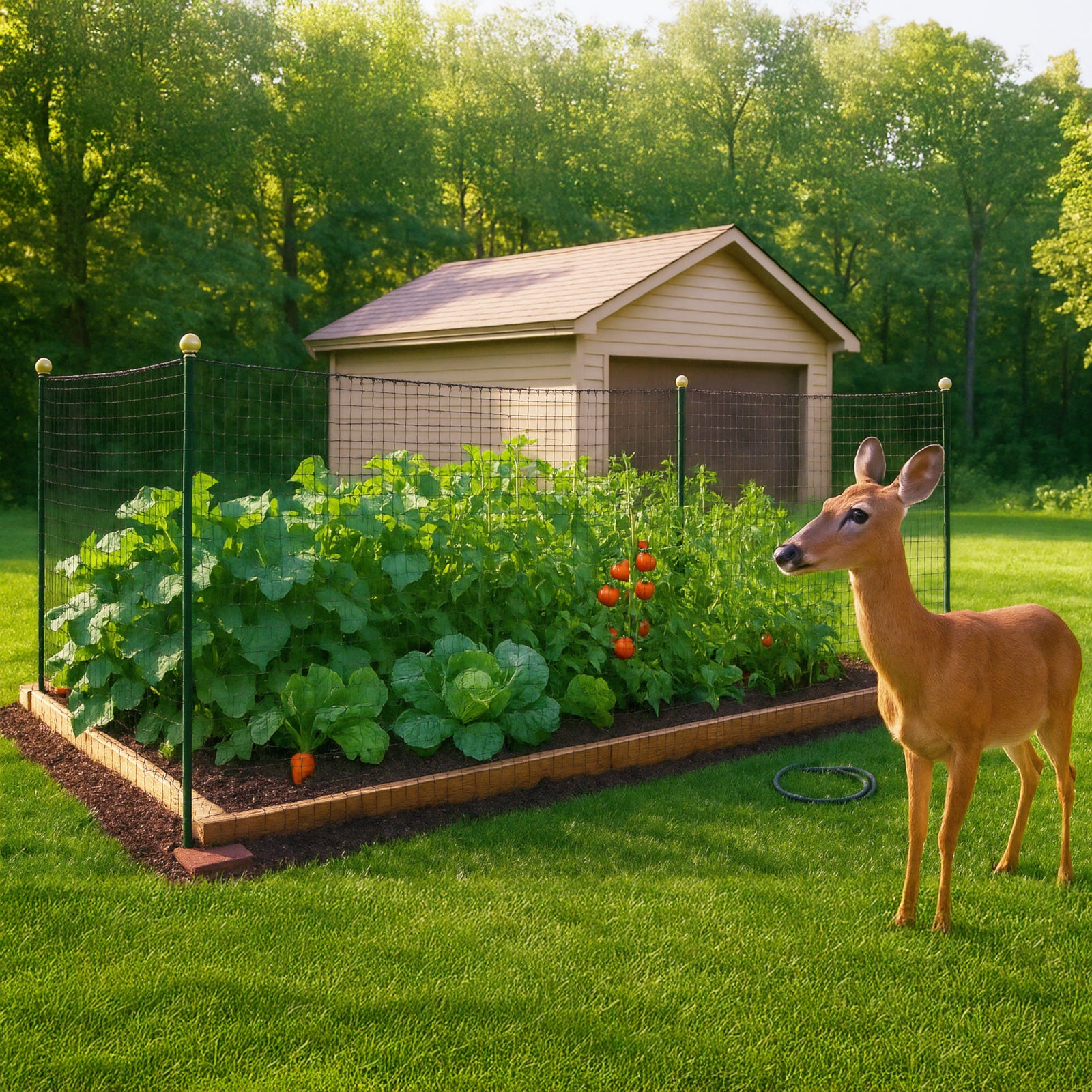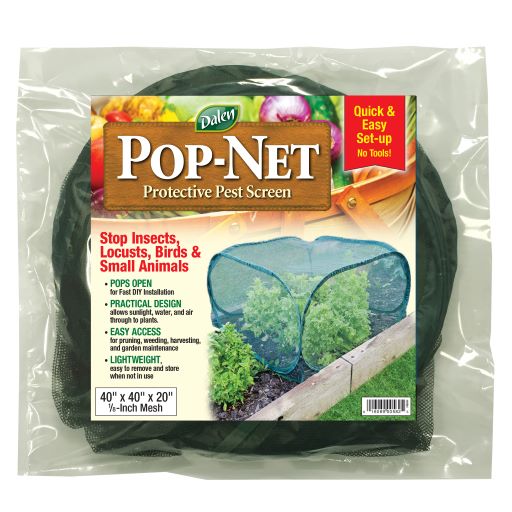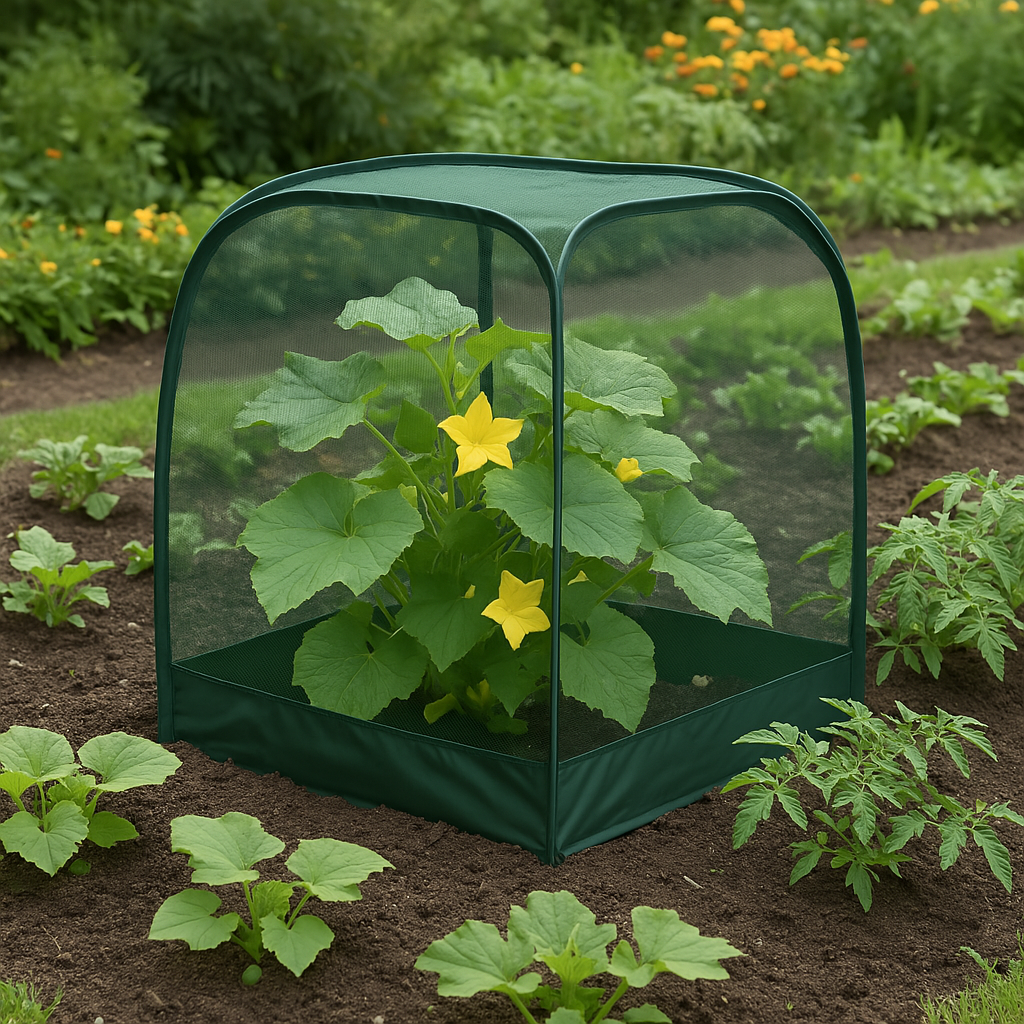Weeds are common problems that affect every garden, and they can be one of the most challenging tasks for a gardener. Although many gardeners find weeding boring and time-consuming, there are those who enjoy it and find it fun. Weeding is similar to polishing mirrors or washing dishes in that it can be repetitive and mindless, but some people find it therapeutic and satisfying to remove the weeds from their garden beds. If you’re not one of these people, it’s important to understandhow to prevent weeds to save yourself time and effort.
In the content to follow, we’ll discusshow to control weeds in your garden and keep them from growing in the first place.
Proven Methods forControlling Weeds
In the quest to maintain vibrant and weed-free gardens, you’ll need to understand some basic weed control strategies. Check out some of these provengarden weed control methods that ensure your plants thrive in a weed-free environment.
Mulch & Mulch Often
A well-known principle in natural science is the statement "Nature Abhors a Vacuum." In the intense competition for survival, life will always find a means to thrive if there is any space available. If you want to knowhow to control weeds, mulching is an effectivegarden weed control method for "filling the gap" and preventing plants from taking root in areas that were once favorable for growth.
Fertilize
Improving the health of your plants is a key strategy for controlling weed growth. However, it's important to fertilize your plants carefully and accurately to avoid unintentionally promoting the growth of weeds. When you provide your preferred plants with the necessary nutrients to grow well, you create a stronger and more competitive environment that makes it difficult for weeds to take hold.
Avoid Watering the Weeds
If you don’t want weeds, try to carefully avoid watering them when you water your other plants. This is easier said than done if you’re using automatic sprinklers, but if you are watering by hand, just be careful and intentional about where you point your watering can. Weeds might still make their way into your garden bed, but it’s best not to encourage their growth in any form, especially by watering weeds.
Extract by the Root
Removing weeds can offer more than just a tidy garden — it can be a therapeutic experience for many gardeners. Utilizing specialized weeding tools such as the Japanese Hori Hori knife or a standard garden hoe, you can engage in a practice that not only maintains your garden's aesthetics but also provides a satisfying release of tension. This practice, often referred to as "pruning with purpose," allows gardeners to direct their energy towards eradicating weeds and creating space for desired plants to flourish.
It's important to remember that, in order to keep them from coming back, you need to extract weeds at the root level. By uprooting weeds entirely, you disrupt their life cycle and reduce the chances of their resurgence. In doing so, your garden will not only look impeccable but also stand a better chance against these persistent invaders.
Reduce Open Garden Space
One effectivegarden weed prevention technique is to reduce open garden space by positioning plants in close proximity to one another. This deliberate arrangement serves as a natural defense mechanism against weed invasion, limiting the available space for weeds to establish themselves. By densely grouping plants together, you create a shading effect that keeps weeds from getting the sunlight they need to thrive.
While mulch is a popular choice for filling gaps between plants, other alternatives like rocks and hardscaping materials can also serve as effective weed barriers. However, it's worth noting that these methods might require more investment in terms of both cost and labor.
Placing Landscape Fabric Over Weeds
If you’re trying to figure outhow to stop weeds from growing, landscaping fabric is a great way to fill the void in a garden and prevent unwanted weeds. However, it’s important to be vigilant about misleading supplier claims about weed mats lasting a certain number of years. Those manufacturers are basing the longevity of their landscape fabrics on laboratory UV tests that don’t translate to the real world, especially when they are buried under mulch and confronted with seasonal weather year after year.
Dalen’s approach to weed control in gardens is different from other companies, and we offer fabrics based on the job.
- Weed-X: If you are preparing a permanent flower bed, Weed-X is the best fabric for the job with its premium dual-layer design.
- Pro-Shield: If you need a robust fabric for landscaping and hardscaping projects that involve lots of rocks, pavers, patios, or walkways, Pro-Shield is the best fabric for any heavy-duty foot traffic design.
- Weed-Shield:Weed-Shield is your best choice for general use and affordability, but we recommend upgrading to the better fabrics available for the job if your budget permits.
- Gard’n Paper:Be very careful about what you put in your soil, especially if you plan to consume the fruits of your garden. Dalen offers a Gard’n Paper great for organic vegetables, fruit, herbs, and food gardening. While some gardeners use newspaper for a similar, temporary purpose, our Gard’n Paper is a bit more robust and completely ink-free. We also offer burlap fabric that is a good natural alternative to Pro-Shield if you want to stay away from Pro-Shield. We recommend burlap for those heavy-duty hardscaping weed mat jobs.
Minimize Soil Disturbance
Tilling the soil can mix up seeds and allow weeds to find a way in. It can also promote nutrient dispersion and make it a better habitat for weeds to thrive. No-till gardening is a method of gardening that might actually help you control your weeds and grow better plants. But if you’re working with rich farmland soil, tilling may be inevitable and a necessary part of your soil health.
Hoe Them Down
Whether you’re using a hand hoe or a full-sized garden hoe, the importance of removing weeds by the root cannot be overstated. This is a huge benefit of using a tool versus removing weeds by hand. Using a hoe can also be fun, especially if the soil is wet enough for the tool to slide in easily.
How to Remove Weeds by Hand
Removing weeds by hand is a simple yet effective technique forweed control in gardens. Start by dampening the soil, identifying the base of the weed, and ensuring you grasp as close to the soil as possible. Tug the weed upwards, gently but firmly, aiming to extract it completely along with its root system. This prevents regrowth and reduces the likelihood of future weed infestations.
While the primary objective is to maintain a weed-free garden, there are additional rewards to this manual approach. Direct contact with the soil while weeding offers unexpected health benefits. A good living soil is full of nutrients and minerals that might actually improve your skin health! It's also been found that physical interaction with the earth can stimulate the release of endorphins, elevating mood and reducing stress levels.
This process also provides a chance for meditative engagement through electromagnetic grounding, allowing you to connect with your garden on a deeper level. Ultimately, handweed prevention in gardens not only improves your garden's appearance but also nurtures your well-being through the therapeutic connection to the soil.
Using Herbicides to Control Weeds
We strongly advise against using herbicides in your garden due to their negative impact on human health. Glyphosates, in particular, have been linked to various health problems. It's particularly important to avoid using herbicides in herb, vegetable, fruit, or food gardens, regardless of whether they are systemic, contact, selective, or nonselective herbicides, pre-emergent or post-emergent herbicides.
However, we understand that, ultimately, the decision to use herbicides asweed prevention in your garden is yours. If you decide to use herbicides for landscaping purposes, be aware that glyphosates can spread to your neighbors' gardens and potentially affect your health as well. When using any herbicide, it's important to follow label instructions, consider environmental impacts, and assess potential risks to non-target organisms and beneficial plants. Here are some of the common types of herbicides, including their benefits and drawbacks.
Systemic Herbicides
Systemic herbicides are designed to be absorbed by the plant and transported throughout its vascular system, effectively reaching all parts, including roots. This method ensures comprehensive eradication, making them particularly effective for perennial weeds with extensive root systems. One drawback, however, is that systemic herbicides can also affect non-target plants through accidental contact or drift, leading to unintended damage.
Contact Herbicides
Contact herbicides act upon direct contact with the plant's foliage, causing rapid desiccation and death. They are useful for annual weeds and small-scale infestations. Contact herbicides have the advantage of quick results, but they may not address weeds with extensive root systems. Additionally, repeated applications might be necessary for thorough control, and care should be taken to prevent overspray on desired plants.
Selective Herbicides
Selective herbicides target specific plant types while leaving desired plants unharmed. These are commonly used in lawns and landscapes to control weeds without affecting grass or ornamentals. The benefit of selectivity is evident in maintaining the overall aesthetic of the area, but careful application is crucial to avoid harming non-target plants.
Nonselective Herbicides
Nonselective herbicides do not discriminate between plant types and eliminate all vegetation they come into contact with. These are effective for clearing areas before planting or for spot treatment in areas where selectivity is not a concern. While nonselective herbicides offer powerful weed control, they must be applied precisely to prevent damage to desirable plants.
Pre-Emergent Herbicides
Pre-emergent herbicides target weed seeds before they germinate. They form a barrier in the soil that prevents weed seedlings from emerging. These herbicides can provide long-lasting protection against annual weeds. One limitation is that they must be applied at the right time before weed seeds begin to germinate, and they do not affect existing mature weeds.
Post-Emergent Herbicides
Post-emergent herbicides are designed to target weeds that have already emerged. They can be further categorized into selective and nonselective varieties. Selective post-emergent herbicides allow targeted control of specific weed types, while nonselective ones eliminate any vegetation they touch. These herbicides offer flexibility in tackling established weeds but should be applied carefully to avoid damage to desirable plants.
Garden Weeding Mistakes
Now that we’ve covered some smart weed control strategies and the various herbicides available, let’s go over some mistakes to avoid in yourweed prevention efforts.
Leaving Pulled Weeds on the Ground
When you pull a weed, don’t simply throw it on the ground, as it can make its way back to a planted state and begin growing again. Establish a dedicated pile somewhere like the side of the yard. You can compost the weeds, but if they are seedy, they might find their way back into your potting soil and begin anew.
Piling Too Many Weeds Over Landscape Fabric
Some people attempt to double-down on their landscape fabric to create a “double-ply” weed mat, thinking it will work better. However, having double the fabric doesn’t mean the weed control doubles in efficacy.
Dalen’s landscaping fabrics are excellent forcontrolling weeds more effectively with less; they have a special design that lets water through while keeping weeds out, and are intended to be used as a single layer. Adding more fabric can do more harm than good, give weeds a fighting chance, and render the weed mat ineffective. Use only one layer! If you want two layers, Weed-X has a double-layer design, with each layer serving a different function that synergizes into the best-working weed control mat.
Applying Mulch Containing Weed Seeds
Be sure not to add any weeds or seeds into your mulch layers. Dalen’s landscaping fabrics provide optimalgarden weed prevention both below and above the fabric weed mat, but it doesn’t make sense to give weeds a chance at life in the first place. Generally, if you have done your mulching right and added enough depth, you shouldn’t have to worry about plants finding their way down to the soil, but you should expect to have to do some maintenance from time to time.
Breaking Roots of Perennial Weeds
Effectively eradicating perennial weeds requires a more thorough approach. By ensuring that the entire root system is extracted from the soil, you disrupt the weed's ability to regenerate. This prevents the cycle of repeated growth and reduces the need for constant re-weeding. So, while removing the entire root might take a bit more effort to remove the entire root, the long-term benefits of reduced weed recurrence and a healthier garden make it a worthwhile endeavor.
Weed Control for Flowerbeds
Flowerbeds are a centerpiece of many outdoor spaces, offering bursts of color and texture that require meticulous care. Yet, the presence of weeds can quickly detract from their beauty. When it comes to achievinggarden weed control in flower beds and mulch beds with bushes and shrubs, the Dalen product range is valuable. Our innovative solutions can help you maintain the vibrancy of your flowerbeds while minimizing the intrusion of unwanted growth:
- Weed-X: Flowerbeds often host several plant varieties in close proximity, which creates an ideal environment for weed growth and necessitatesweed control for gardens. Dalen's Weed-X, with its dual-layer design, can help in the battle against flowerbed weeds. This fabric not only suppresses weed growth but also allows essential water penetration to nourish your flowers. By effectively blocking out unwanted growth, Weed-X maintains the visual appeal and vitality of your flowerbeds.
- Pro-Shield: For larger flowerbeds with large shrubs and bushes, Dalen's Pro-Shield fabric offers excellent weed protection. Built to withstand the demands of landscaping and hardscaping projects involving rocks, pavers, patios, and walkways, Pro-Shieldgarden weed prevention keeps weeds at bay at bay. This durable fabric preserves the health and aesthetics of your flowerbeds and provides a thriving environment for your focal plants.
- Weed-Shield:Weed-Shield is a basic yet versatile fabric for various tasks. Having Weed-Shield gives you a preliminary defense against intrusive flowerbed weeds — although, when it comes to flowerbed design, we recommend allowing time for meticulous planning to ensure your weed prevention strategy aligns with your vision. With this foresight, you set the stage for a flowerbed that thrives from the outset.
The Bottom Line
As stewards of the land, gardeners have the power to nurture not only the plants but also their own well-being by embracing physical interaction with the soil. This connection, grounded in the act of weeding, can serve as a therapeutic ritual that fosters mindfulness, reduces stress, and elevates mood.
By recognizing the benefits of this hands-on practice, gardeners can create not just weed-free gardens, but also enriching sanctuaries where the process of tending to the earth becomes as rewarding as the final results. In your journey togarden weed control and harmonious greenery, remember that every action, from removing weeds at their roots to embracing the symbiotic relationship with the soil, contributes to a vibrant and flourishing outdoor haven.

